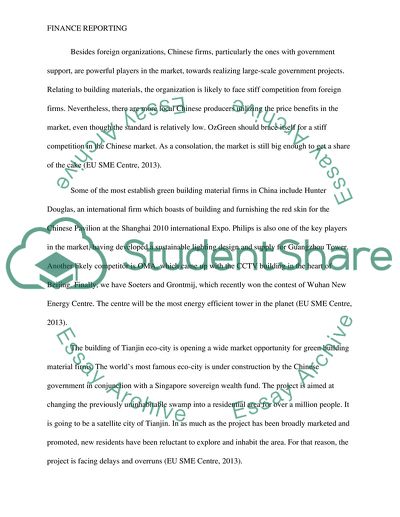Cite this document
(“International Business Finance Report Research Paper”, n.d.)
International Business Finance Report Research Paper. Retrieved from https://studentshare.org/finance-accounting/1645220-international-business-finance-report
International Business Finance Report Research Paper. Retrieved from https://studentshare.org/finance-accounting/1645220-international-business-finance-report
(International Business Finance Report Research Paper)
International Business Finance Report Research Paper. https://studentshare.org/finance-accounting/1645220-international-business-finance-report.
International Business Finance Report Research Paper. https://studentshare.org/finance-accounting/1645220-international-business-finance-report.
“International Business Finance Report Research Paper”, n.d. https://studentshare.org/finance-accounting/1645220-international-business-finance-report.


